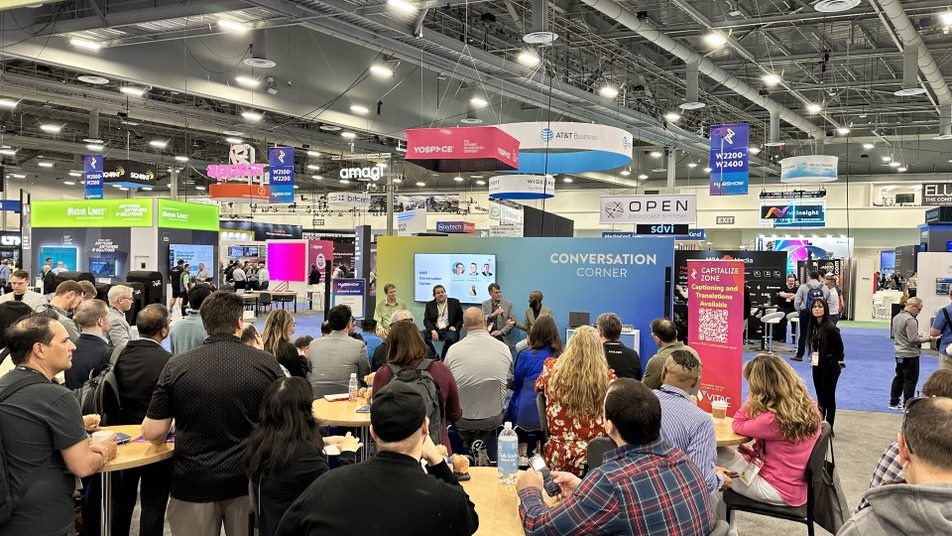FCC Releases Notice of Proposed Rulemaking Expanding Audio Description Rules
Have you heard the buzz about audio description?
Audio description offers blind and low-vision audiences the opportunity to enjoy television or film programming. It is a narrative description of onscreen actions, visual cues such as characters and
costumes, and text appearing in graphics or the video. The track can be found on a secondary audio channel available on most television sets, accessible through the television’s menu.
Our last blog post focused on a settlement in which Netflix agreed to describe its popular streaming content and DVD rentals.
More big changes could soon be coming to the world of audio description, or as it is often referred to, video description.
Currently, The FCC requires audio description on some television programming as mandated by the 21st Century Communications and Video Accessibility Act. Networks and programmers are required to describe and pass through description of at least 50 hours of described prime-time or children’s programming each quarter.
ABC, NBC, CBS, Fox and the top five nonbroadcast networks need to comply with the requirement in the top 25 markets (ranked by Nielsen based on their total number of television households).
The FCC released a Notice of Proposed Rulemaking (NPRM) on April 1, 2016 that would expand the requirements for audio description in the following ways:
- An increase in the requirement of audio description from 50 hours per quarter to 87.5 hours per quarter by the broadcast station or Mutlichannel Video Programming Distributor (MVPD).
- An increase in the number of included networks required to audio describe from the four broadcast and five nonbroadcast networks to five broadcast and 10 nonbroadcast networks.
- A no-backsliding rule, which ensures that once a network is classified as an “included network” required to provide description, it will remain an “included network” even if it falls out of the top five broadcast or top 10 network rankings.
- Removal of the current “threshold requirement” that nonbroadcast networks reach 50 % of MVPD households in order to be included in the description requirements.
- A requirement that included networks provide dedicated customer service contacts who can answer questions and concerns about audio description.
- A requirement that petitions for exemptions from the description requirements, or objections to those petitions, be filed with the FCC electronically.
The expansion of the audio description requirements would have a positive effect on the millions of people who rely on this service for the enjoyment of television.
Kathryn M. Zodrow in her comment to the FCC said, “Having video description now is very beneficial for me as a totally blind person because now I don’t have to rely on someone else that’s sighted explain to me what is happening on the screen.”
“…I want to point out that the population using the audio description service, the blind and visually impaired, and autistic and dyslexic populations among others, are consumers too,” said Bonnie J. Barlow in her statement to the commission.
In his remarks to the Commission, Micah Grossman stated, “…every outlet available should be made as accessible is possible so that the audience this service is intended for actually can experience and enjoy it. Further they should be able to enjoy their favorite programs with the freedom and availability that sighted users now take for granted.”
Stay tuned to our website and blog for updates as more develops in the commission making the NPRM an official ruling.
VITAC is proud to offer audio description services to both networks and producers. Contact us for more information on how to make your programming accessible for all.




